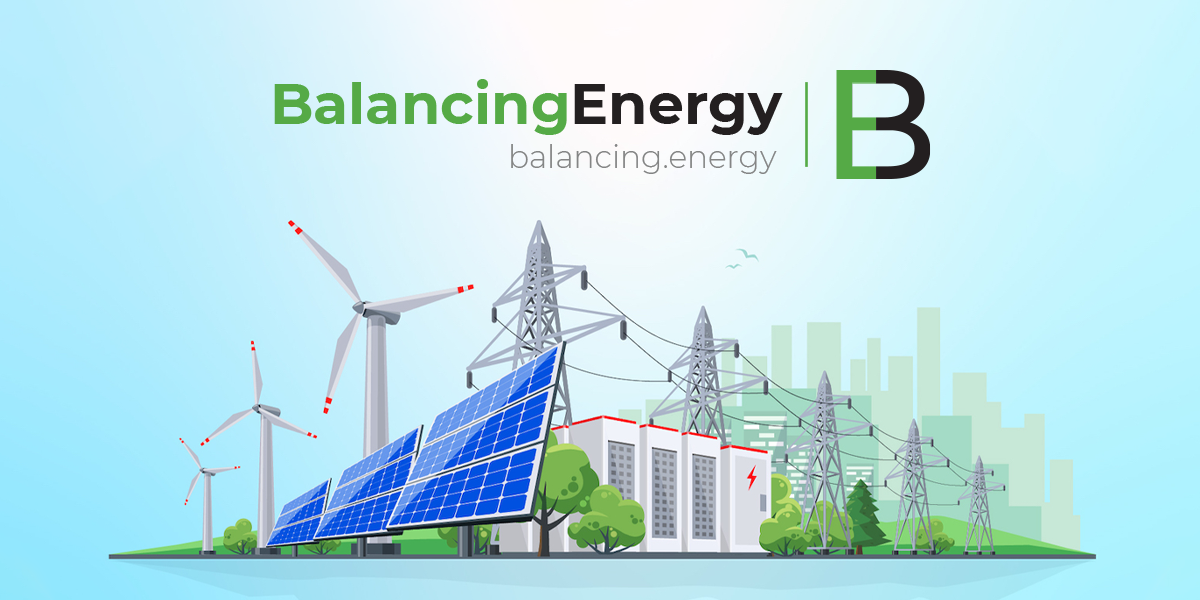Serbia is emerging as a critical player in Europe’s renewable energy transition, leveraging its strategic location in the Western Balkans, abundant natural resources and growing partnerships with foreign investors to establish itself as a green energy hub. As Europe accelerates its push towards decarbonization under the European Green Deal, Serbia is aligning its energy policies with EU goals, fostering renewable energy development and actively participating in carbon trading markets. Here’s an in-depth look at Serbia’s strategic role in the green energy market.
1. Geographic and renewable energy potential
Serbia’s position in Southeast Europe makes it a strategic location for energy infrastructure that can serve both the Balkans and wider European markets. The country’s natural resources—particularly its wind and solar energy potential—are significant. Wind speeds in certain regions of Serbia, especially in the Vojvodina province, make it an ideal location for large-scale wind farms. The government has also identified significant opportunities for solar energy development, especially in the southern regions of the country.
Foreign investors, including companies like Alcazar Energy and RP Global, have capitalized on this potential, investing hundreds of millions of dollars into renewable energy projects. For example, Alcazar Energy’s Project Celzijus 1 is one of the largest wind farms in the Western Balkans, contributing over 200 MW of power to Serbia’s grid. Combined with smaller renewable projects, Serbia is fast becoming a key supplier of green electricity.
2. Integration with European climate goals
Although not a member of the European Union, Serbia is aligning its energy and environmental policies with the EU’s ambitious European Green Deal and Fit for 55 targets, which aim to reduce carbon emissions by 55% by 2030 and achieve climate neutrality by 2050. Serbia’s participation in Europe’s energy market is crucial for regional stability, and as it moves towards EU membership, it is expected to integrate fully into the European electricity market and the EU Emissions Trading System (ETS).
Through this integration, Serbia is expected to increase its renewable energy capacity, not only to meet domestic needs but also to export green electricity to neighboring EU countries that are facing challenges in meeting their renewable energy targets. Additionally, Serbia’s renewable energy projects generate carbon credits, which can be traded in the EU’s carbon markets, providing an additional revenue stream for the country.
3. Foreign investments and carbon credit trading
Foreign investments in Serbia’s renewable energy sector are a driving force behind its green energy transition. International companies view Serbia as an ideal location for large-scale renewable projects due to its favorable regulatory environment and the government’s incentives for green energy development. Projects like Alcazar Energy’s and RP Global’s wind farms not only provide clean energy but also generate valuable carbon credits. These credits can be sold in international markets, particularly in the EU’s ETS, where the demand for carbon offsets is growing as emissions targets tighten.
The sale of carbon credits from Serbian renewable projects to high-emission industries or countries unable to meet their quotas is expected to be a major financial driver for Serbia. By aligning itself with the EU’s emissions reduction framework, Serbia can leverage its renewable energy assets to contribute to Europe’s broader decarbonization efforts while benefiting economically .
4. Challenges and opportunities
Despite its progress, Serbia faces challenges in integrating its renewable energy projects into the national grid, which requires significant upgrades to ensure the stability of the system as more intermittent renewable sources come online. Energy storage solutions and improved grid infrastructure will be essential to maximizing the potential of Serbia’s green energy production.
Nonetheless, the opportunities for growth are immense. With increasing investment and the government’s commitment to sustainable energy policies, Serbia is positioned to play a leading role in the region’s transition to green energy. As Europe continues to shift towards renewable energy, Serbia’s ability to export green electricity and participate in carbon trading markets will be central to its economic and environmental strategy.
Serbia is at the forefront of the renewable energy movement in Southeast Europe, with foreign investment and strategic infrastructure development positioning it as a key supplier of green electricity to Europe. The country’s potential to generate substantial carbon credits and trade them in international markets further enhances its role in Europe’s decarbonization efforts. As Serbia continues to align its policies with EU standards, it is poised to become a major player in the European green energy market, contributing to the continent’s long-term climate goals while driving economic growth at home.
Elevated by:










